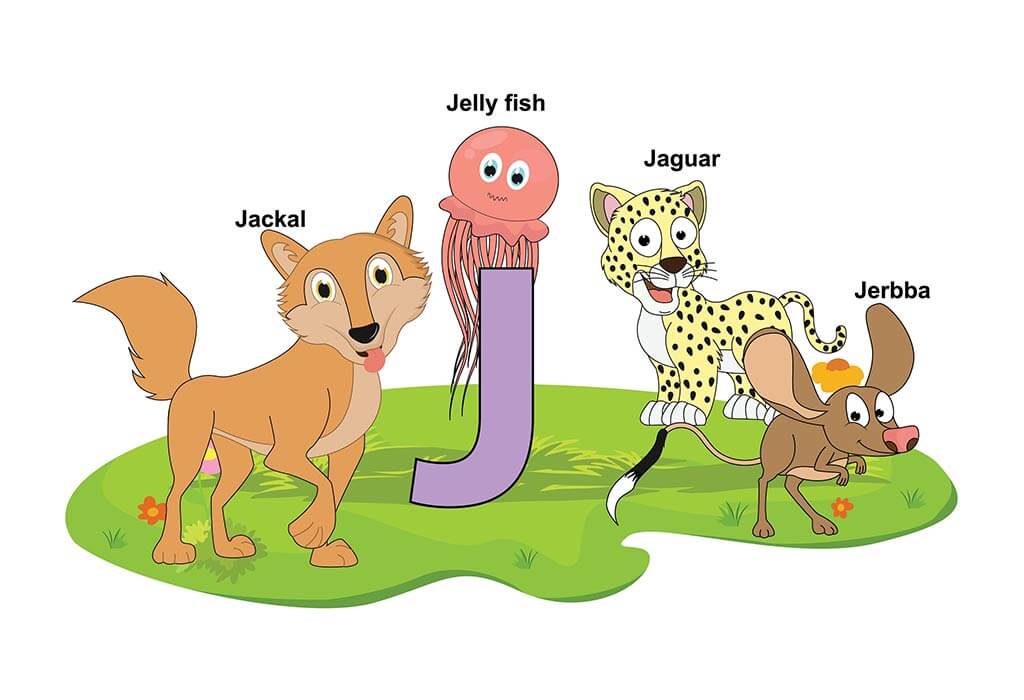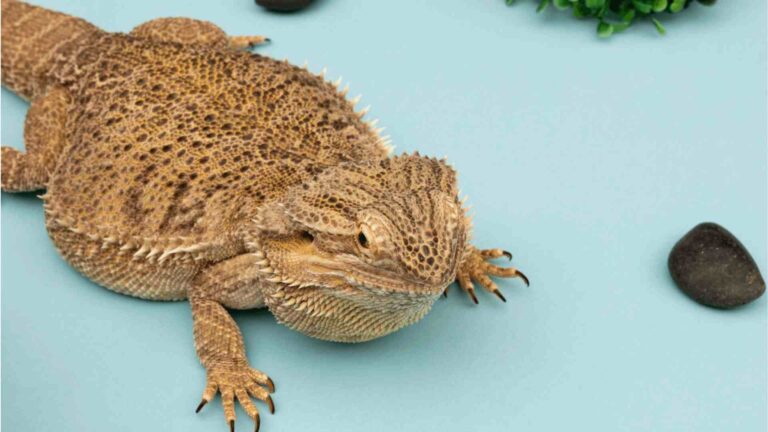Top Animals That Start With J: Fascinating Wildlife & Facts
Animals come in all shapes, sizes, and personalities, and for those starting with the letter “J,” there’s no exception. Whether you’re a nature lover, a pet enthusiast, or just curious, the world of “J” animals offers an incredible variety of fascinating creatures. In this article, we’ll dive deep into the top animals that start with the letter J. From majestic jungle dwellers to the tiniest of critters, each animal has its unique place in the ecosystem, and you’ll be surprised by how diverse they are.
As a pet expert, I’ll give you the essential details and provide real insights and fun facts to satisfy your curiosity while respecting nature. Each of these animals plays a vital role in their environment, and whether you encounter them in the wild, the zoo, or read about them, you’ll appreciate their individuality more.
Contents
Alphabetical List of Animals That Start with J

| Jacamar | Japanese Bantam Chicken | Javan Warty Pig |
| Jacana | Japanese Beetle | Javanese |
| Jabiru | Japanese Bush Warbler | Javelina |
| Jack Russell Terrier | Japanese Chin | Jay |
| Jack-Chi | Japanese Giant Salamander | Jellyfish |
| Jackabee | Japanese Macaque | Jerboa |
| Jackal | Japanese Rat Snake | Jerdon’s Courser |
| Jackdaw | Japanese Spider Crab | Jewel Beetle |
| Jackrabbit | Japanese Spitz | Jocotoco Antpitta |
| Jackson’s Chameleon | Japanese Squirrel | John Dory |
| Jagdterrier | Japanese Terrier | Jonah Crab |
| Jaglion | Javan Ferret-Badger | Joro Spider |
| Jaguar | Javan Leopard | Josephoartigasia Monesi |
| Jaguarundi | Javan Pig | Jumping Spider |
| Jamaican Boa | Javan Rhinoceros | Jungle Carpet Python |
| Jamaican Iguana | Javan Tiger | Jungle Cat |
| Jambu Fruit Dove | Javan Tree Shrew | Junglefowl |
| Juniper Vole |
More animals that start with: A | B | C | D | E | F | G | H | I | J | K | L | M | N | O | P | Q | R | S | T | U | V | W | X | Y | Z
Top 10 Animals That Start With J | animals beginning with j
1. Jaguar

Let’s start with the mighty Jaguar, the third-largest big cat in the world, known for its robust build and spotted coat. Found primarily in Central and South America, the jaguar is a skilled hunter, and unlike many other big cats, it enjoys swimming. Jaguars have the most vital bite force of any cat, making them fearsome predators. Despite their fearsome reputation, these majestic animals are listed as near-threatened due to habitat loss.
- Attributes: Powerful, stealthy, solitary
- Habitat: Tropical rainforests, wetlands
- Diet: Carnivorous, hunting everything from deer to fish
- Fun fact: Jaguars are known for their ability to crush turtle shells with their bite.
Related: Tiger Names
2. Jackal

Jackals are another fascinating animal, starting with J. These adaptable creatures are medium-sized canine family members known for their cunning and resourcefulness. They are native to Africa and parts of Asia and can live in various environments, from savannas to deserts.
- Attributes: Intelligent, opportunistic, social
- Habitat: Grasslands, deserts, savannas
- Diet: Omnivorous, feeding on small mammals, birds, insects, and plants
- Fun fact: Jackals are monogamous and form lifelong pair bonds.
3. Jellyfish

Moving into the aquatic world, the Jellyfish is one of the most ancient creatures on Earth, with a history that dates back over 500 million years. Found in oceans worldwide, Jellyfish have a unique gelatinous body and stinging tentacles that help them capture prey. Although they lack a brain, heart, or bones, their simple structure has helped them survive for millions of years.
- Attributes: Transparent, fluid, venomous
- Habitat: Ocean waters globally
- Diet: Carnivorous, feeding on small fish, plankton, and invertebrates
- Fun fact: Some jellyfish are bioluminescent, meaning they can produce their light.
4. Javan Rhinoceros

The critically endangered Javan Rhinoceros is a rare sight in the wild, with only a small population remaining in Indonesia’s Ujung Kulon National Park. These rhinos are smaller than their African relatives and are distinguished by a single horn. Sadly, poaching and habitat destruction have pushed them to the brink of extinction.
- Attributes: Endangered, elusive, herbivorous
- Habitat: Tropical forests, grasslands
- Diet: Herbivorous, feeding on leaves, fruits, and shoots
- Fun fact: Only around 75 Javan rhinos are left in the wild.
5. Jerboa

The Jerboa is a small rodent known for its kangaroo-like hopping ability. Native to desert environments across Northern Africa and Asia, this tiny mammal has long legs and a tail, which it uses to jump great distances to escape predators.
- Attributes: Agile, nocturnal, solitary
- Habitat: Deserts, arid environments
- Diet: Herbivorous, primarily feeding on seeds and plants
- Fun fact: Jerboas can survive without drinking water, obtaining moisture from their food.
6. Japanese Macaque

The Japanese Macaque, also known as the snow monkey, is famous for its ability to thrive in cold climates. These primates live in Japan’s mountainous regions and are often seen bathing in hot springs to stay warm during winter.
- Attributes: Social, intelligent, adaptable
- Habitat: Forests, mountainous regions
- Diet: Omnivorous, eating fruits, insects, leaves, and seeds
- Fun fact: Japanese macaques have been observed washing their food, a learned behavior passed down through generations.
7. Jaguarundi
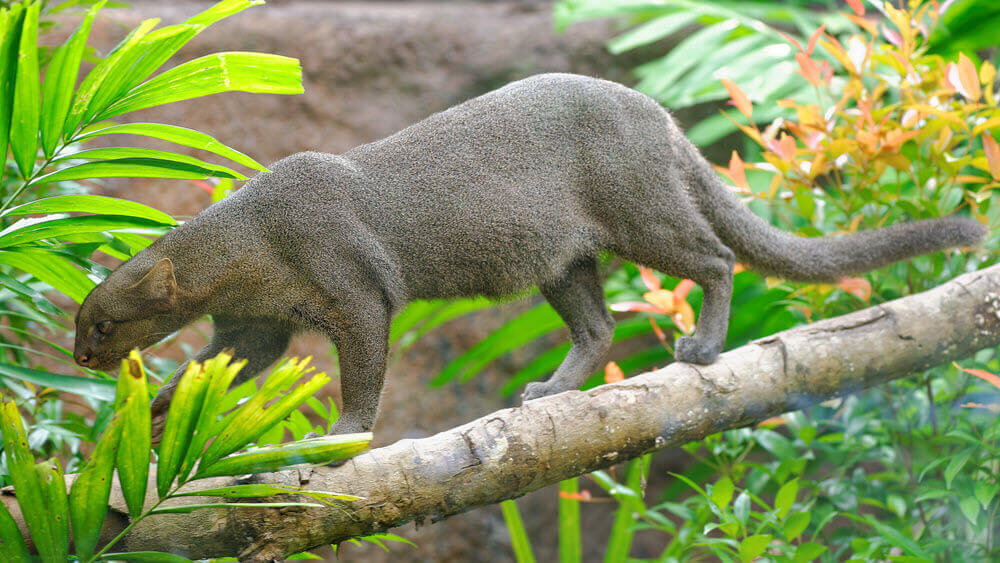
The Jaguarundi is a small wild cat native to Central and South America. With its slender body and short legs, this feline looks more like an otter than a typical cat. It’s a skilled climber and swimmer, often hunting during the day, which is unusual for wild cats.
- Attributes: Agile, solitary, adaptable
- Habitat: Tropical rainforests, scrublands
- Diet: Carnivorous, hunting birds, small mammals, and reptiles
- Fun fact: Jaguarundis are known for their wide range of vocalizations, which include whistles, purrs, and screams.
8. Junco

The Junco is a small bird known for its distinctive dark plumage and white outer tail feathers. These birds are found across North America, particularly in forested areas and backyards, where they are frequent visitors to bird feeders.
- Attributes: Social, migratory, small
- Habitat: Forests, woodlands, gardens
- Diet: Omnivorous, eating seeds, insects, and berries
- Fun fact: Juncos are often called “snowbirds” because they appear in colder months in many areas.
9. Jabiru
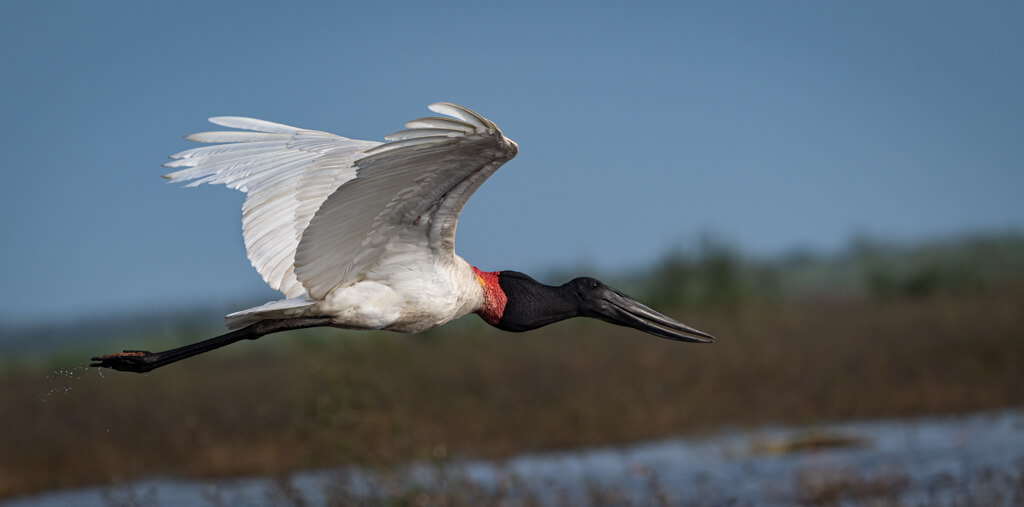
The Jabiru is a large stork found in Central and South America, particularly in wetland habitats. It is the tallest flying bird in the Americas and is known for its striking black and white plumage and massive bill, which it uses to hunt for fish.
- Attributes: Large, elegant, piscivorous
- Habitat: Wetlands, rivers, lakes
- Diet: Carnivorous, feeding primarily on fish, amphibians, and reptiles
- Fun fact: Jabirus builds massive nests reaching up to 3 meters wide.
10. Junglefowl
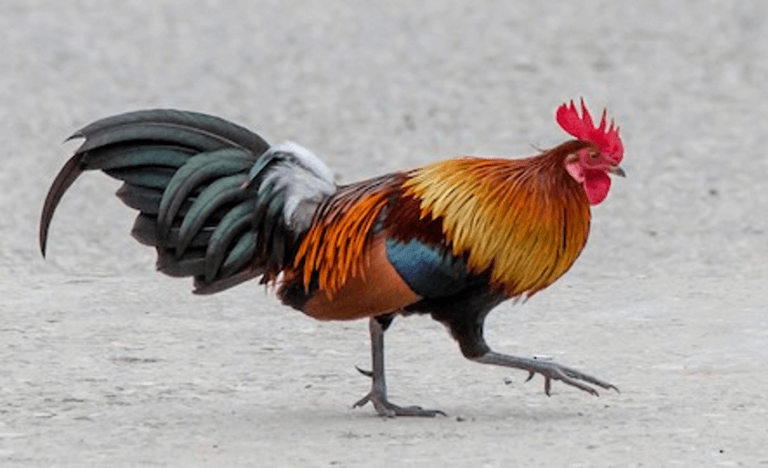
The Junglefowl is a bird that is the wild ancestor of domestic chickens. Native to Southeast Asia, these birds are known for their vibrant colors and are still found in the wild today, where they live in forests and scrublands.
- Attributes: Vibrant, flighty, wild
- Habitat: Forests, scrublands
- Diet: Omnivorous, feeding on seeds, insects, and fruit
- Fun fact: The Red Junglefowl is believed to be the primary ancestor of all modern chickens.
Conclusion
The animals that start with the letter J showcase wildlife’s incredible diversity and adaptability. From the fierce and powerful Jaguar in the rainforests of South America to the agile Jerboa of the desert, these creatures remind us of the intricate balance in nature. The endangered Javan Rhinoceros and the ancient Jellyfish highlight the importance of conservation efforts and our responsibility to protect these species. Meanwhile, animals like the Jackal and the social Japanese Macaque demonstrate the fascinating behaviors and intelligence found in the animal kingdom.
Whether it’s learning about the elusive Jaguarundi or marveling at the beauty of the Junco, these animals captivate our imagination and deepen our appreciation for the natural world. Understanding and celebrating their uniqueness enriches our knowledge and inspires us to support efforts to protect their habitats and ensure their survival. The animals starting with “J” are just one small part of the vast array of creatures that share our planet, each deserving of recognition and respect.
- Golden Retriever Pros and Cons: What Every Pet Parent Should Know - 15 September 2025
- Cane Corso Dog Breed: Health, Care, and Lifespan - 14 September 2025
- Catahoula Leopard Dogs: Description, Temperament, Lifespan, & Facts - 21 July 2025

